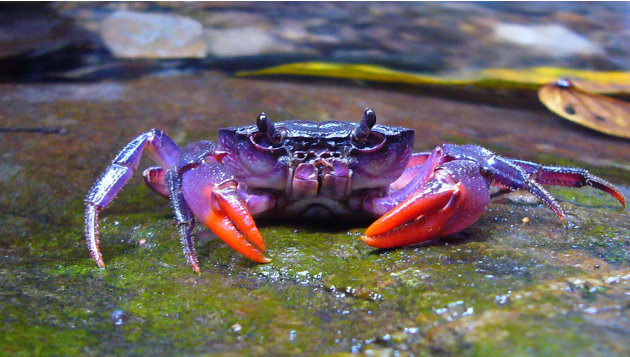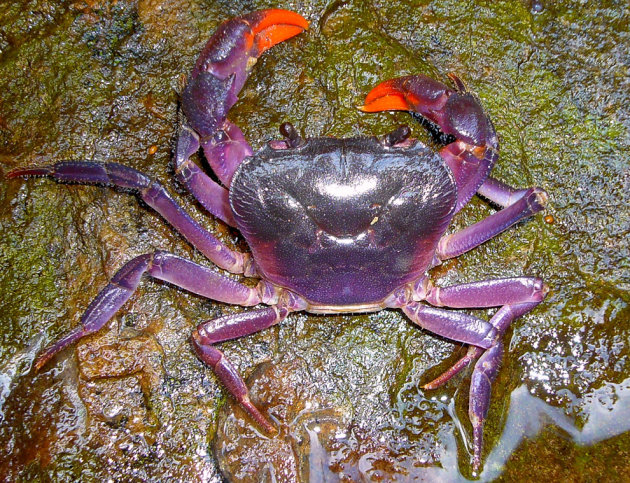3 Cost Effective Ways to Solve Metro Manila's Traffic Problem

The Facebook page of ANC 24/7 is asking for its reader's suggestion on how to solve Metro Manila's traffic problem. This got me thinking, "what is the best way to solve Metro Manila's traffic problem?" It's easy to make suggestions, what's hard is the implementation and the cost of implementation. So what is the the best way to solve Metro Manila's traffic problem and the most cost effective solution? Punitive Fines Add caption First of all, any implementation will definitely cost money, a lot of money. The cause of the traffic mess is the people themselves so it's only right that those causing the traffic problem should be fined and the fine should hurt. That way, the fines will pay for the cost of enforcing the law. The fines should start at P500 and goes up every week if you don't pay it within 15 days. To enforce this and prevent people from ignoring the fine. It will be tied to their driver's license or car registr...




Comments